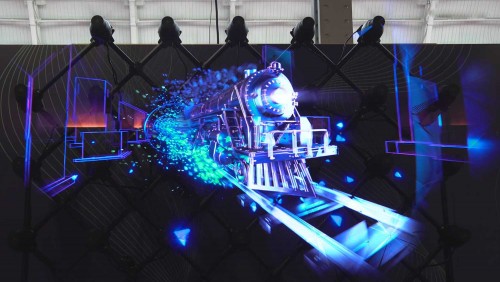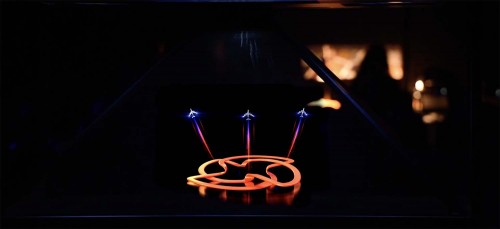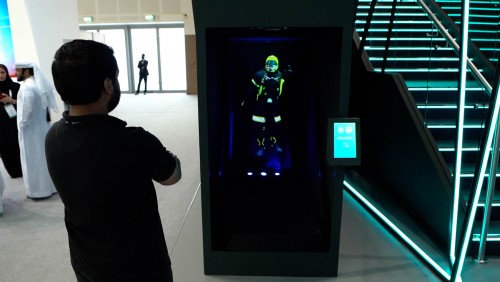The Future of Holograms and the Technology's Potential Impact on Society

A brief overview of the history of Holography
Holography is the field of creating three-dimensional images with light. The first successful demonstration of this technology was created by Dennis Gabor in 1948, who was awarded the Nobel Prize in Physics the following year.
Only a year after Gabor’s discovery, he had already developed a technique for producing holograms that allowed them to be seen without any special glasses or equipment.
Gabor’s first use of his new invention was to create one-of-a-kind copies of documents, which were shown at an exhibition as holograms that could be seen from different angles.
Since then, many new versions have been created that show different levels of detail. The early stages of this technology were largely restricted by limitations on materials and power sources. However, recent developments in holographic displays now allow for these visions from the future to become reality.
The Creation of Holograms
What is a hologram? A hologram is an optical recording of an object or scene, which can be created by combining two different light sources. This technique was first developed by a Hungarian scientist named Dennis Gabor in 1948. He found that when light waves were reflected off an object onto a flat surface and recorded, they could then be replayed as a three-dimensional image.
The word "hologram" comes from the Greek words "holos" meaning "whole" and "gramma" meaning "message". Therefore, it stands to say that this new technology allows for whole messages to be sent via laser light particles.
The Uses of Holograms and their Impact on Society
A hologram is a form of light-based technology that creates 3D projections. The first type of hologram, invented by Dennis Gabor in 1948, was made from a photographic plate covered with a thin layer of silver and subject to interference from an object beam. A complex surface can be created through the combination of two beams from different angles. Holograms can be used for many different purposes, including security and medical uses. For example, if a doctor needed to get a close look at someone’s arm, they could use the 3D image of the arm as seen by a camera to get a detailed view.
The holographic display has been improved significantly over the years, but there are still limitations on materials and power sources. However, recent developments in holographic displays now allow for these visions from the future to become real - like this company that is developing 'smart mirrors'. If you’ve ever had trouble finding your way around in an airport or using public restroom facilities, these smart mirrors might make it easier for you to find what you are looking for without asking someone first. This technology may also one day replace our need for maps in many cases.
In addition to these helpful benefits, we will also have access to entertainment and education that was previously not possible due to physical constraints on space and distance between teachers and students. We might even see virtual classrooms where students interact with each other through holograms!
The Future of Holograms and Technology's Potential Impact on Society
Holograms can be a bit difficult to understand, so we want to take some time and explain exactly what they are.
A hologram is a three-dimensional image created by light. Holography was first invented and developed by Dennis Gabor in 1948, and since then many new versions have been created that show different levels of detail. The early stages of this technology were largely restricted by limitations on materials and power sources. However, recent developments in holographic displays now allow for these visions from the future to become reality.
Join us as we take a look at this fascinating field and its potential impact on society to come.
Conclusion
Technology is changing the way we use information, experience stories, and interact with the world. This article provides insight into the history and future of holography and how it is slowly impacting society.
Holograms are a type of 3D representation of an object or scene that has been recorded using a laser, light source, and a recording medium. They've been around since 1967 when they were first introduced as a visual aid to help people understand how laser printers work. Today's holograms are more advanced and are being used in medicine, surgery, space exploration, and advertising.
Technology is sparking new opportunities for communication, education, entertainment, and more. Holograms have a lot of potentials to impact society in the future.







 Call
Call
 Mail
Mail